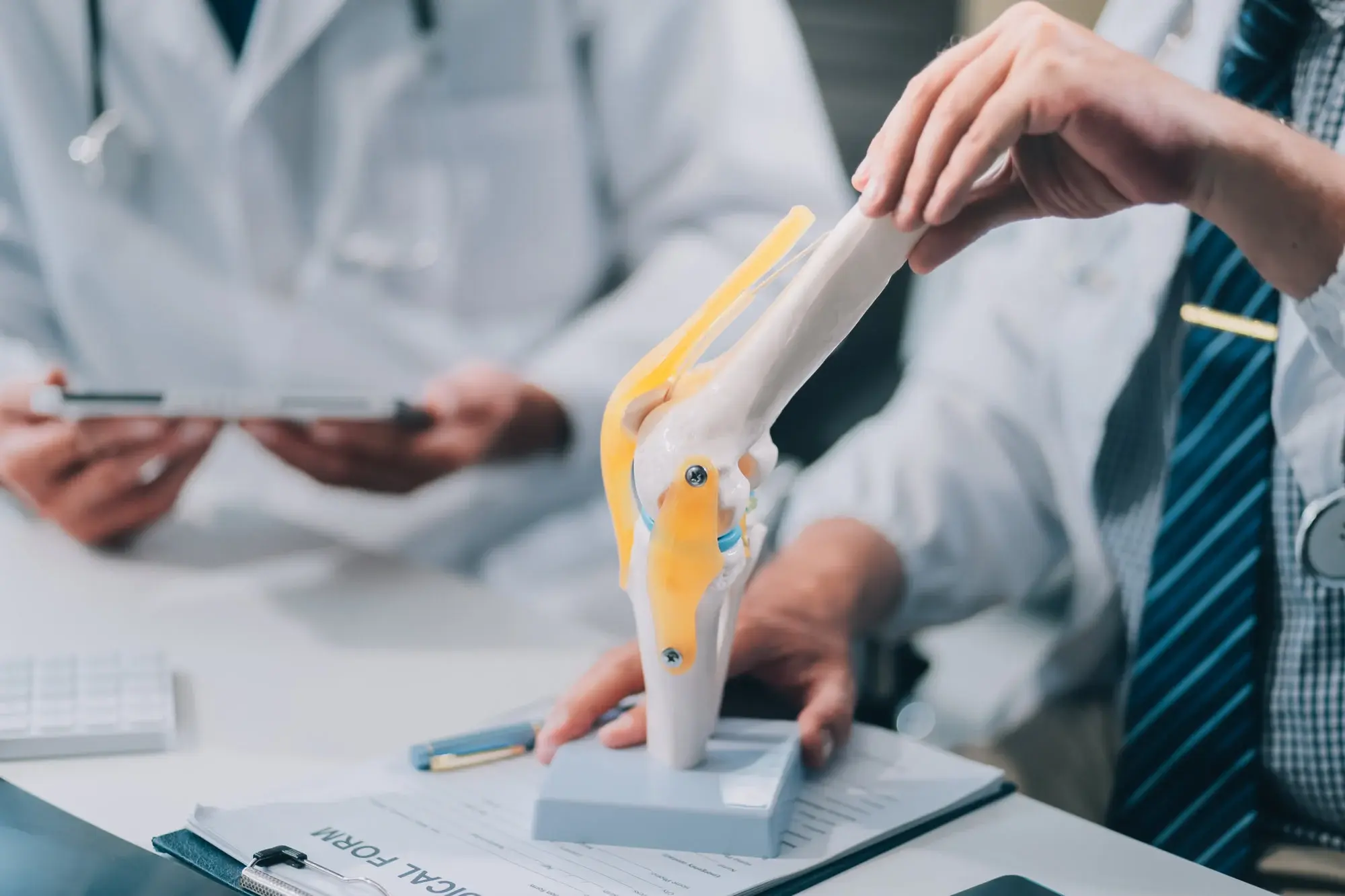Sustainability has increasingly become an important consideration in the field of preclinical research. As the demand for more green practices grows, researchers are turning to green chemistry approaches to minimize the environmental footprint of their work.
This article explores the sustainable practices that can be integrated into preclinical research to promote eco-friendliness while maintaining the integrity and efficacy of scientific investigations.
Key Takeaways
- Integrating green chemistry approaches into preclinical research represents a proactive step towards more sustainable scientific practices.
- By adopting solvent reduction techniques, enhancing energy efficiency, minimizing waste, and using safer materials, preclinical research can significantly lower its environmental impact.
What is Green Chemistry?
Green chemistry, fundamentally, involves designing chemical products and processes that reduce or eliminate the use and generation of hazardous substances. This scientific discipline extends across all phases of a chemical product, including its design, manufacture, and use.
The principles of green chemistry aim to make chemical practices more sustainable, specifically preventing pollution at the molecular level and innovating safer, more efficient chemical processes.
Green Chemistry in Preclinical Research
Preclinical research, which includes studies in pharmacology, toxicology, and drug development before clinical trials, often involves extensive use of chemicals and generates significant waste. Implementing green chemistry practices in these early stages of pharmaceutical development can significantly impact the overall sustainability of the drug development process.
1. Solvent Reduction and Replacement
Solvents constitute a large part of the chemical footprint in preclinical research labs. By substituting traditional organic solvents with greener alternatives such as water or bio-based solvents, researchers can significantly reduce toxic emissions and waste. Techniques like microwave-assisted reactions and the use of ionic liquids are promising in reducing the reliance on harmful solvents.
2. Energy Efficiency
Optimizing energy use in preclinical research involves the adoption of technologies that require less energy for the same or increased output. Conducting reactions at ambient temperature and pressure, when possible, and employing energy-efficient equipment can drastically cut energy consumption, thereby reducing the lab’s carbon footprint.
3. Waste Minimization
Minimizing waste production is a cornerstone of green chemistry. Techniques like real-time monitoring of reactions help in adjusting conditions promptly to ensure maximum efficiency and minimal waste. Furthermore, employing methodologies that integrate the recycling of waste products back into the process can significantly curb environmental impact.
4. Safer Chemicals and Materials
Choosing safer chemicals and materials for preclinical research is crucial for reducing risks to health and the environment. This involves selecting non-toxic, non-carcinogenic, and biodegradable materials that achieve scientific objectives without harmful consequences.
Best Practices for Implementing Green Chemistry in Preclinical Research
Education and Training — Educating and training laboratory personnel on the principles and benefits of green chemistry is fundamental.
Policy and Incentives — Implementing policies that promote green chemistry practices and offering incentives for labs that adopt sustainable methods can accelerate the shift towards greener preclinical research.
Collaboration — Collaborating with regulatory bodies and sustainability experts can help integrate standard practices that support environmental goals without compromising research quality.
Partner With IBEX for Quality Preclinical Research
With over 20 years of practice and unmatched high standards of preclinical research, you can never go wrong with IBEX. Our state-of-the-art facilities and expert team are dedicated to providing cutting edge preclinical testing services, ensuring your scientific innovations are both effective and safe.
Discover how we can accelerate your product’s journey from lab to market with precision and confidence. Contact us today to learn more.






